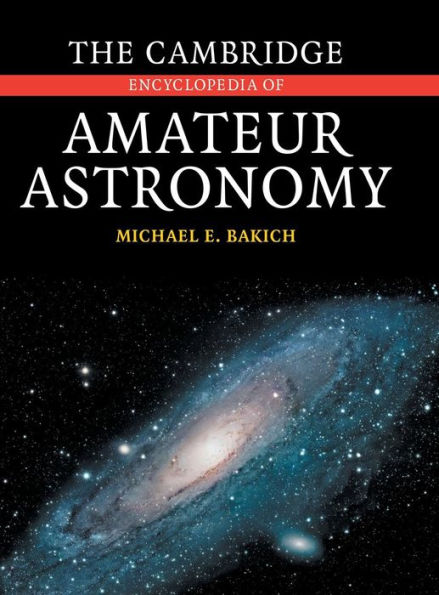5
1
9780521812986


$110.0

The Cambridge Encyclopedia of Amateur Astronomy available in Hardcover

The Cambridge Encyclopedia of Amateur Astronomy
- ISBN-10:
- 0521812984
- ISBN-13:
- 9780521812986
- Pub. Date:
- 07/10/2003
- Publisher:
- Cambridge University Press
- ISBN-10:
- 0521812984
- ISBN-13:
- 9780521812986
- Pub. Date:
- 07/10/2003
- Publisher:
- Cambridge University Press

The Cambridge Encyclopedia of Amateur Astronomy
Hardcover
110.0
In Stock

Product Details
| ISBN-13: | 9780521812986 |
|---|---|
| Publisher: | Cambridge University Press |
| Publication date: | 07/10/2003 |
| Pages: | 356 |
| Product dimensions: | 8.86(w) x 11.06(h) x 1.06(d) |
About the Author
From the B&N Reads Blog
